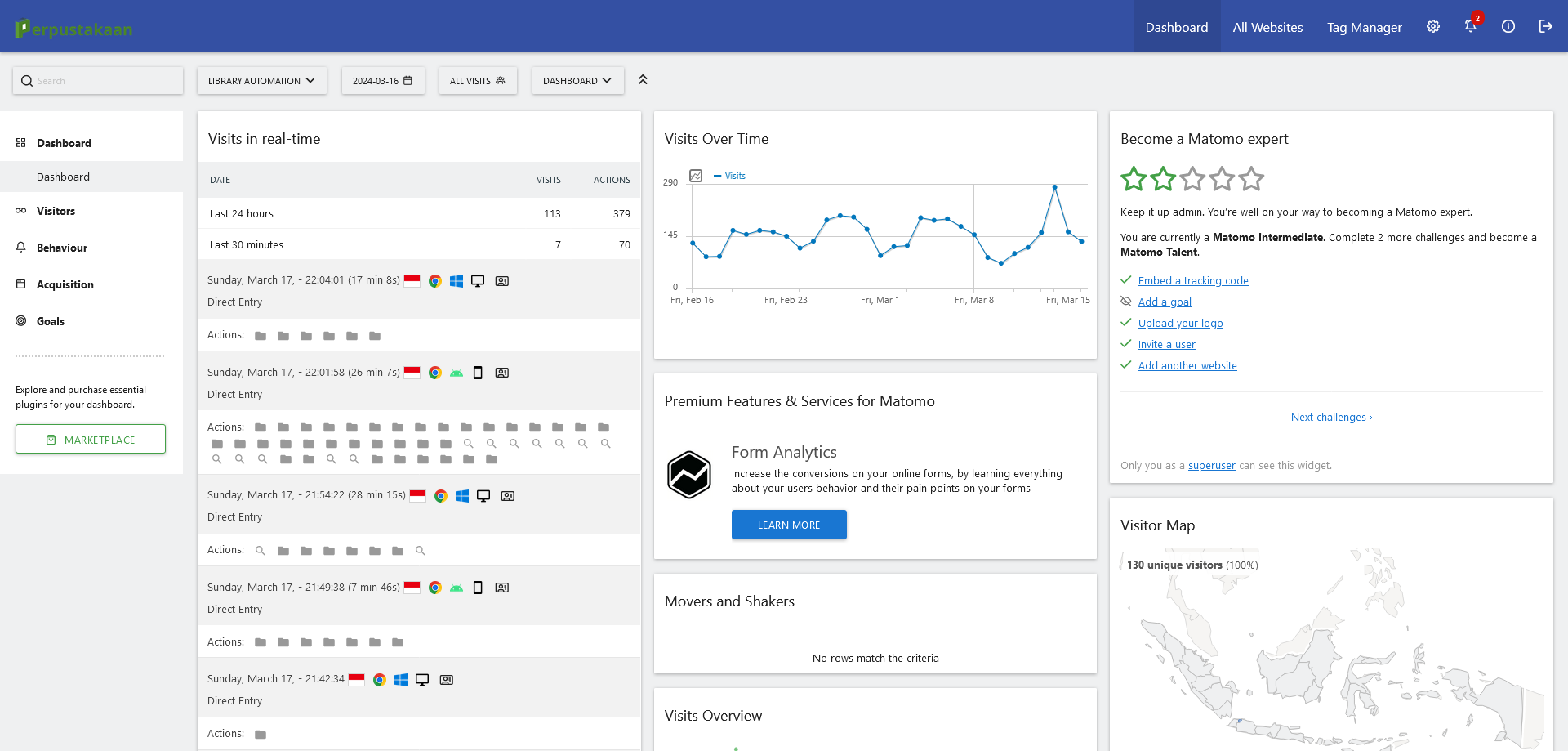Collection Details

Thou shalt forget :indigenous sovereignty, resistance and the production of cultural oblivion in Canada
Ross-Tremblay, Pierrot - Nama Orang
The first chapter contains some theoretical reflections on cultural oblivion as well as background information (mostly from documentary sources) about the Essipiunnuat and the Salmon War. Chapter 2 identifies the central elements that have contributed to the occurrence of the Salmon War, according to those taking part. These went beyond their own subjectivity. The chapter covers colonialism, the games of Québec government politics, the mentality of the local Euroquébécois of Les Escoumins township, and the actions of radical anti-Essipiunnuat militants. Group agency was identified as a central determinant of the event. This expression of collective subjectivity is associated with references to a common inventory of past experience, the appearance of a movement of affirmation, and the existence of shared objectives that were operationalised through specific and chosen strategies articulated from a symbolic representation of the salmon.The next chapter examines elements of the group past-self (or elements of the group’s past self-identity) associated with the event that were exhumed from people’s autobiographical memories. People’s self-portraits are evocative of communalities in characters conforming to an emergent norm of commitment (commanders, warriors and supporters), of social background (dual cultural identification, economic dependencies) as well as shared emotions (the pleasures of uprising, the suffering of the subsequent reaction). Representations of others are dominated by the description of ten specific people (idols) who are represented in heroic postures (perilous circumstances, longing for sacrifice, for the good of all) revealing clear common ethical attributes (iconographies) placed in contrast with images of transgressions (irrationality, hypocrisy, non-commitment). Representations of the group (power of solidarity, indigeneity, dignity) confirm features of a group past-self whose aesthetics display characteristics of strength and rebelliousness.Chapter 4 presents the transformations people associate with the occurrence of war. These accounts suggest four common perceptions of a remodelling of their relational system (fractionation, associations), important alterations of self-identity (indigenisation, cultural reidentification), collective self-empowerment (self-legitimacy, autodynamisation and increased knowledge) and new forms of governmentality (internal re-ordination, perceptions of authoritarianism). The Salmon War is presented as a pivotal moment, resulting in a collective revival, followed by the formation of a post-war regime (albeit on a small scale) exerting political, economical and psychological control – and the emergence of a unified historical interpretation. The final chapter demonstrates what is revealed about the current condition of the group from looking at how those who shared their stories relate to their past. Studying the stories identifies various ‘dams’ that distance people from their memories of the war, such as interference from subsequent events (the 1982 agreements, bill C31, the unemployment fare crisis), and other phenomena that contribute to a logic of forgetting (traumas, protection of relations, interests in denial, bureaucratic will to ignorance, erasure and rewriting). However, it also identifies elements of resistance to the vectors of oblivion (emotional reflux, normative charge, reminiscences). A close examination of people’s relationship with their past provides background for their current nostalgia (community gathering, Innu way of life, spirit of resistance), social criticism (relations with states, commodification of ancestral sovereignty, monocracy) as well as their views on the current cultural condition of the group (views of reality, need for standards, models to reproduce and avoid). Lastly, it exposes a shared vision regarding the imperative of intergenerational transmission, including what should be transmitted and the best ways to transmit them in order to secure Essipiunnuat cultural continuity in the face of cultural exhaustion. Reflections on the process of investigating one’s own community’s relation to the past and some keys for researchers to understanding such experience are also explored.
Additional Information
- Penerbit
- London : University of London Press (2020)
- GMD ( General Material Designation )
- Electronic Resource
- No. Panggil
-
305.800971PIEt
- ISBN/ISSN9781912250424
- Klasifikasi
- 305.800971
- Deskripsi Fisik
- xiv, 284 : ill.
- Bahasa
- English
- Edisi
- -
- Subjek
- Culture
Canada
Humans
Cultural Competency
Population Groups
Health Services, Indigenous
Indians, North American - Pernyataan Tanggungjawab
- -
- Info Detail Spesifik
- -
- GMD
- Electronic Resource
- Tipe Isi
- text
- Tipe Media
- computer
- Tipe Pembawa
- online resource




